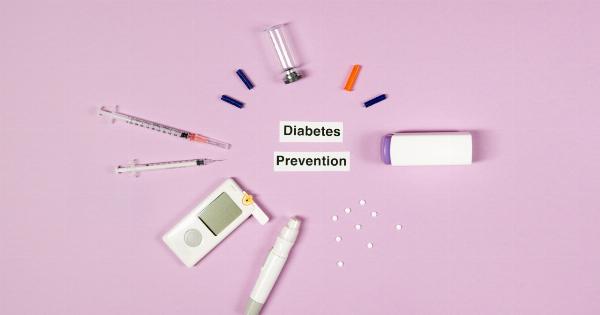Chronic obstructive pulmonary disease (COPD) is a progressive respiratory condition characterized by airflow obstruction caused due to chronic bronchitis and emphysema.
It is a leading cause of morbidity and mortality globally, and its prevalence is increasing with age. COPD is a lung disease that can affect your quality of life and indulge in a wide range of symptoms.
: Early COPD Diagnosis
Early detection of COPD is highly crucial to prevent chronic morbidity and improve overall health outcomes and quality of life.
The earlier the disease is diagnosed, the sooner the patient can start treatment, which will help to alter the course of the disease and treat its symptoms. Several symptoms indicate the presence of COPD, such as cough, shortness of breath, sputum production, and fatigue.
Physicians should regularly monitor high-risk patients, such as smokers or individuals with a family history of COPD, for the early detection of this disease through a pulmonary function test (PFT).
: Risk Factors
The factors that increase the likelihood of developing COPD are smoking cigarettes and long-term exposure to irritants, like air pollution, chemical fumes, and dust.
Exposure to secondhand smoke and indoor and workplace air pollution is also a significant risk factor for developing COPD. Genetics plays a role in the development of COPD as alpha-1 antitrypsin deficiency, a genetic disorder, can lead to early onset COPD.
: Treatment
The goals of COPD treatment are to improve patient quality of life, protect against exacerbations, slow disease progression, and manage symptoms. Early diagnosis and targeted treatment can provide the best outcomes for COPD patients.
The treatment may include the following:.
: Smoking Cessation
Cigarette smoking is the leading cause of COPD, and quitting is the most critical intervention for preventing COPD’s progression. It is encouraged, and even simple advice can be effective.
Smoking cessation programs offered by various health organizations and presence of counsellors, also administered nicotine replacement therapies such as sprays, gums, patches, or lozenges, all help the individual to quit smoking.
: Medications
Several medications are used to improve symptoms and quality of life. Bronchodilators help open the airways, while Corticosteroids help reduce inflammation, Both of these medications can decrease breathing difficulties and wheezing.
Antibiotics are often prescribed for acute bacterial infections in patients with COPD. Vaccines, such as the flu and pneumococcal vaccine, are recommended for people with COPD to prevent the occurrence of lung infections.
: Pulmonary Rehabilitation
Pulmonary rehabilitation is a comprehensive program that focuses on exercise, education, and breathing techniques to improve the daily living life of patients with COPD.
: Oxygen Therapy
Patient who are unable to breathe enough oxygen due severe COPD require supplementary oxygen therapy to ensure proper oxygen supply.
: Drug Deliver Systems
Various drug delivery systems and methods are available that are highly useful to improve the drug’s effectiveness. This delivery system targets the direct respiratory system to provide rapid relief to the patient.
: Disease Management
Disease management is an essential component of COPD treatment that involves regular checkup and monitoring of disease, medication adherence, and patient self-monitoring.
Patients are taught to keep up their healthy habits and perform disease management-related tasks to sustain the quality of life.
: Patient Education
Enabling patient education is an essential component of COPD treatment. It provides information to the patient about their disease and approved treatment options, risk factors, and more.
Educating the patient of their COPD and its management, enhances their adherence to treatment and allowing them to take control of their life.
: Conclusion
COPD is a prevalent lung disease that can significantly impact the patient’s quality of life.
Early detection and targeted treatment are essential to slow the progression of the disease, arrest symptoms, and improve the patient’s quality of life. Physicians should regularly monitor high-risk patients for the disease, employ prophylactic measures, and ensure symptomatic treatment.































